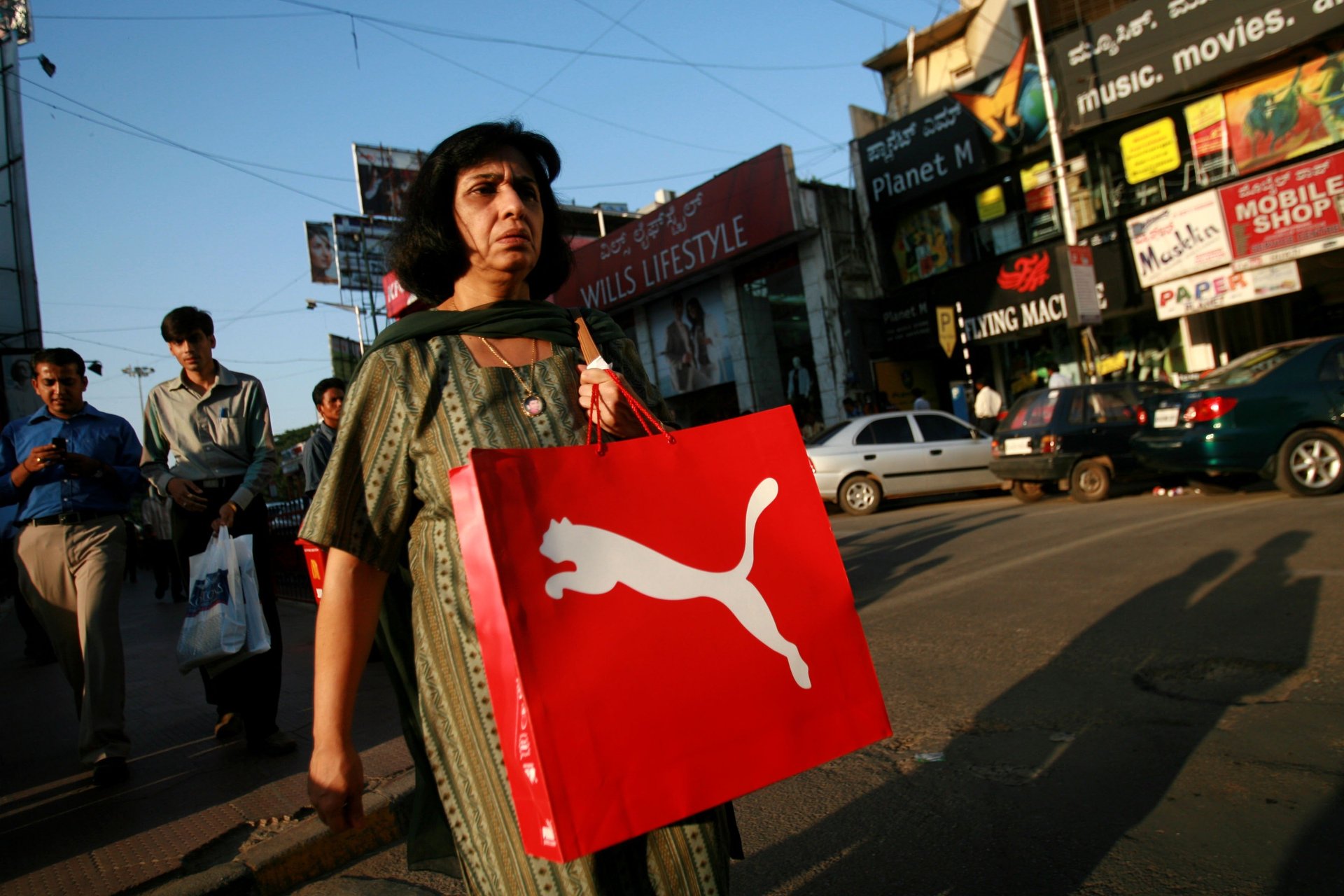India's GDP growth outpaced China last quarter
The milestone comes despite high inflation and low consumer demand

India’s economy grew by 4.4% in last fiscal quarter, down from 6.3% the previous quarter.
Economists had expected closer to 4.6%. But this still puts India’s average annual GDP growth for last year at about 7%, making it one of the world’s best-performing economies.
By comparison, the World Bank projects the global economy will grow just 1.7% this year—the third-weakest pace of global growth in almost three decades.
India’s economy has grown despite rising prices. The year-over-year retail inflation rate in January hit 6.52%. That’s well above the Reserve Bank of India’s stated goal of 6%. In response, the Indian central bank raised interest rates by a quarter of a percent last month, bringing it to 6.5%.
What are the largest economies in Asia?
Meanwhile, Asia’s largest economy grew slower than India’s for the first time since 2016. China’s National Bureau of Statistics reported the country’s annual GDP to be ¥121.02 trillion ($17.94 trillion), a 3% increase from the previous year. China’s GDP exceeded ¥100 trillion for the first time in 2020.
This marks the weakest performance for China’s economy since 1976, excluding the fiscal year impacted by the onset of the Covid-19 pandemic. The slowdown was primarily blamed on the consequences of China’s zero-Covid strategy and reduced global manufacturing demand.
The country’s annual growth was well-below China’s official target of 5.5%, marking the worst discrepancy in projected growth in the history of modern China.
🇮🇳 India has found a major deposit of lithium, suddenly making it a major player in batteries and EVs